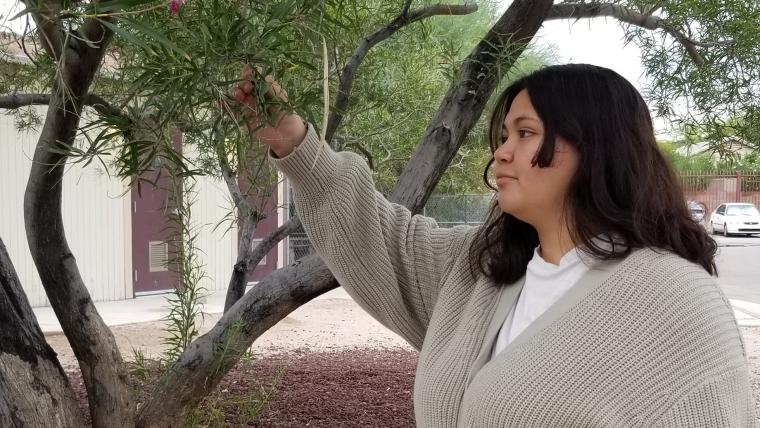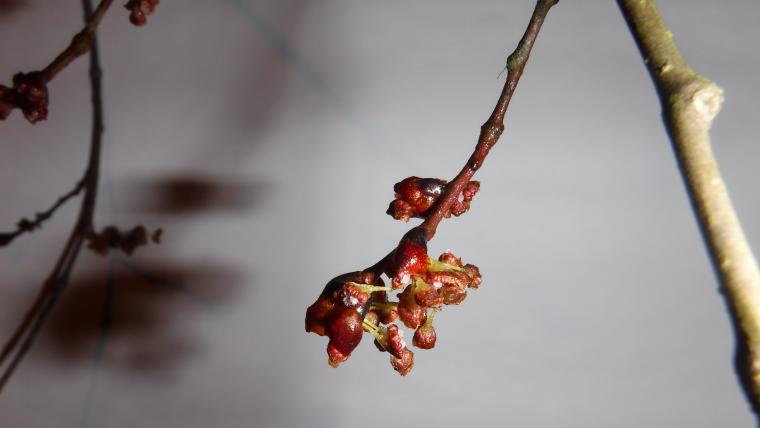
30 million phenology records collected by Nature's Notebook observers
This week, we reached a significant new milestone - thirty million phenology records submitted to the National Phenology Database! The 30 millionth record was collected via Nature’s Notebook, the USA-NPN’s plant and animal phenology data collection platform, by Nika Gonzaga, a freshman in Desert View High School's Honors Biology Program in Tucson, Arizona. Nika observed young leaves on a desert willow tree. Nika said "as a freshman, this is my first time ever gathering research like this. It was enjoyable and a very simple task. I hope to do more research on other plants."
